Santa Maria sopra Minerva Flood Markers
Plaques on its facade commemorate the Tiber's most destructive deluges.
Though it’s one of the most visible oddities, Bernini’s sculpture of an elephant supporting an obelisk is not the most curious element in Piazza della Minerva, the square between the Pantheon and the church of Santa Maria sopra Minerva.
Before entering the church, look on the left side of the façade and you might notice five inscriptions on plaques. These markers reveal some of the most destructive natural disasters that could affect Rome before the age of the muraglioni, the large embankments built between the 1870s and the 1920s.
Rome’s relationship with its river was always a turbulent one, and these flood markers show that the benevolent River God who is often represented in fountains from the age could also be destructive and significantly affect the well-being and health of the city’s inhabitants throughout the ages. The floods would often affect huge districts of the city, especially around the Campus Martius area, the Jewish Ghetto, and the lowlands between the city’s hills.
As elsewhere in Rome, it was common practice to set up plaques that would indicate the heights the Tiber’s floods could reach.The plaques date from the 15th and 16th centuries. Some are beautifully illustrated, with hands (also known as manicula) pointing to the river’s water levels and boats in distress. One of these plaques, dating from 1530, refers to the date of the event by using the old Roman calendar: “eight days before the ides of October.” The same plaque also thanks the Virgin for her intercession and her protection during this destructive event.
Another inscription, from 1598, states that Pope Clement VIII, upon returning from the conquest of Ferrara “cursed” the Tiber, “never this proud/arrogant” which, in December of that same year, flooded the district with great damage and destruction. It was possibly the worst flood in the city’s recorded history, rising over 13 feet (four meters) above the present street level and almost 65 feet (20 meters) above sea level.




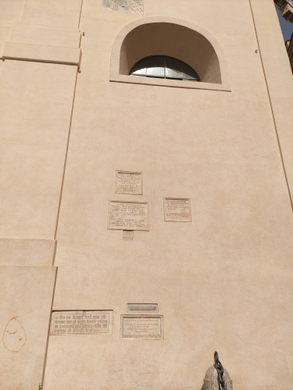









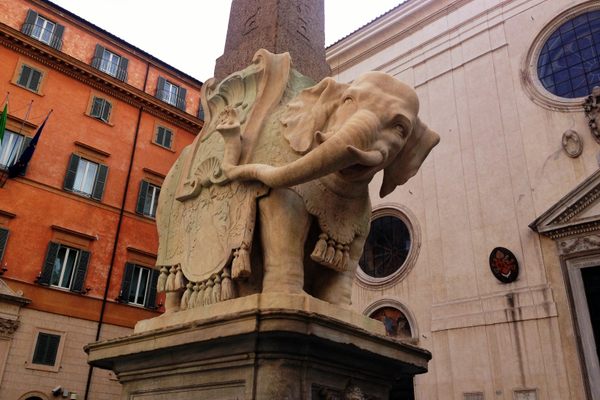
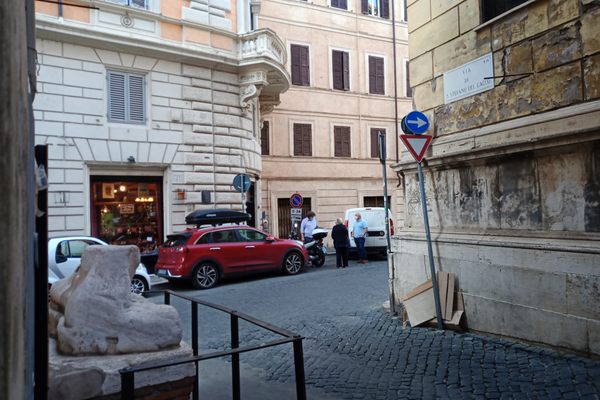


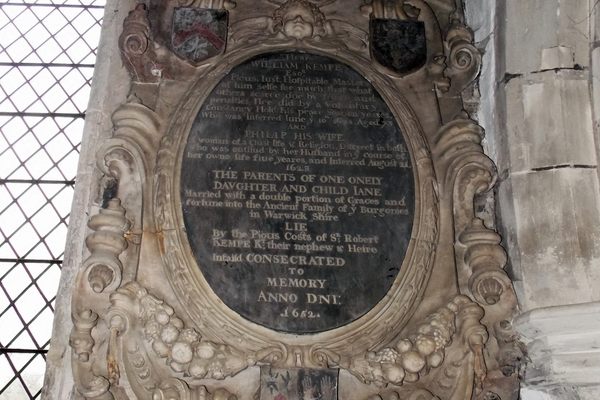
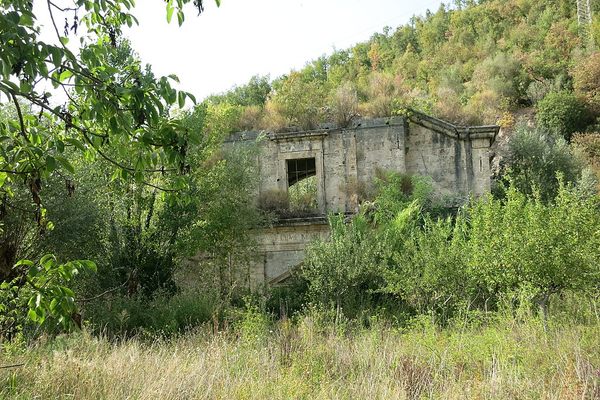

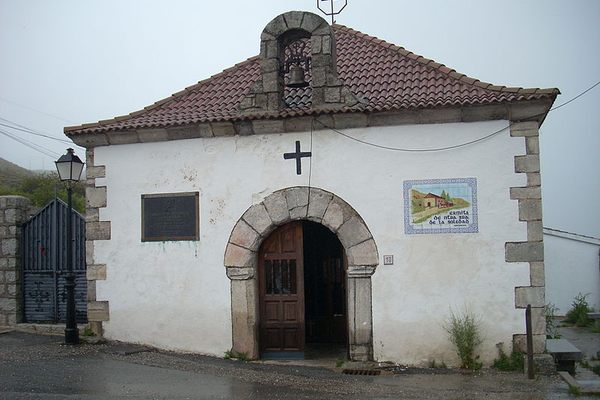

Follow us on Twitter to get the latest on the world's hidden wonders.
Like us on Facebook to get the latest on the world's hidden wonders.
Follow us on Twitter Like us on Facebook